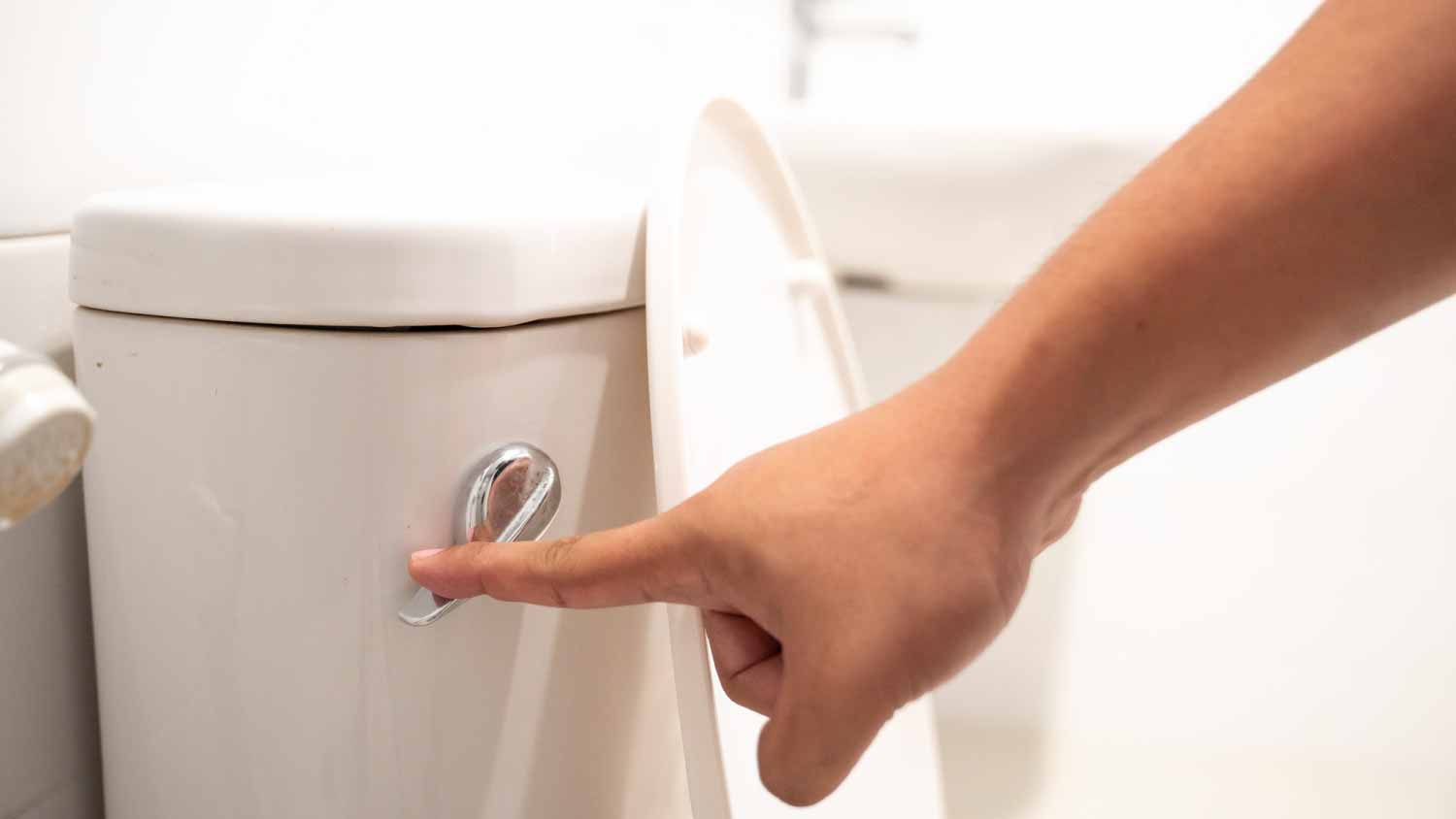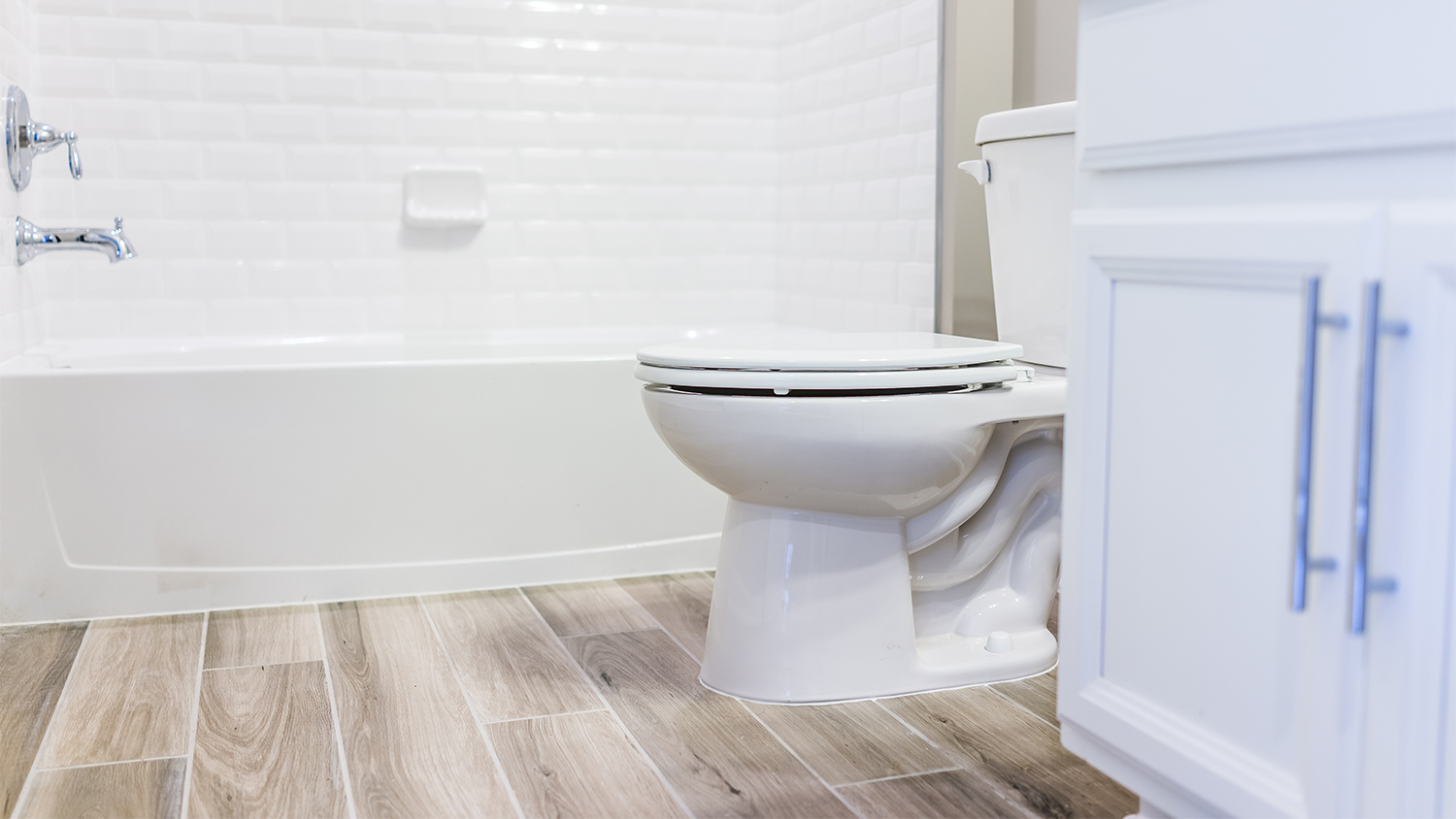
Need to know what sewer line replacement costs in Kansas City, MO? This guide will help you prepare to budget for sewer line replacement done by local contractors.
A cesspool isn’t always a reason to waste a home-buying opportunity


If you’ve found your dream home but it comes with a cesspool, that doesn’t mean you need to call off the deal. When buying a home with a cesspool, which is a wastewater storage tank, it’s important to understand how it works, how to best manage it, and the costs you can expect as a homeowner. Check out these seven tips for everything you need to know before buying a house with a cesspool.
It’s easy to get cesspools and septic tanks confused, but they have some key differences. They serve the same purpose of managing wastewater via an underground tank system, but a cesspool is basically an older model of a septic system.
Cesspools, which are also called cesspits, don’t treat and filter wastewater the way that septic systems do—instead, they store waste until it can be pumped out. Even older cesspools use perforations between bricks to filter wastewater out and leave sewage sludge inside the tank.
If you’re definitely looking at a house with a cesspool, be aware that you might be required to replace it (more on that later).

Depending on the demand your household puts on your sewage system, your cesspool likely needs to be pumped by a local septic tank contractor every six to 12 weeks. With the average cost of having a cesspool pumped ranging from $290 to $535, you could be looking at between $1,260 and $4,640 per year in basic maintenance.
These costs far outweigh the maintenance expenses of other sewage systems. Since your cesspool could overflow, back up your pipes, and pollute your ground, there’s no avoiding this cost. However, keeping up with cesspool maintenance and repairs and managing your use can help reduce how often you need to get it pumped.
Regardless of your sewage system, there are a variety of substances you shouldn’t put down the drain. With a cesspool, you’re on the hook if your system clogs, and you could end up with leaky and backed-up pipes or an overflowing tank. Think about what you typically send down your drains, and if you’re not great at keeping these no-go items out of your sewage system, you’re probably not ready for a cesspool.

Cesspools are largely considered biohazards to the nearby area, which is why the Environmental Protection Agency (EPA) and various municipalities and regions ban or restrict their use. In many cases, homeowners are required to shut down their cesspool and replace it with another type of sewage treatment system.
Even if you’re permitted to have an operational cesspool on your property, you’ll still have to deal with the negative effects. These can include polluted or contaminated water sources as well as damaged ecosystems. An inspection by a qualified local cesspool or septic system contractor can verify compliance with local regulations.
If the home relies on a cesspool and you won’t be replacing it immediately, it’s important to verify its age and condition. In addition to having a standard home inspection and getting maintenance records from the sellers, you can also request a pre-sale cesspool inspection. The inspector can use various tests to check for leaks and other structural issues. The inspection should also cover:
The flow of wastewater from the plumbing system to the tank
The location of the tank and proximity to wells or other sensitive areas
The size of the tank relative to the home
Cesspools last between 20 and 40 years and eventually require replacement. If you can’t verify the age and condition of the cesspool, you’d be taking on a pretty big risk.

Since a cesspool is designed to collect and store waste from the home, it needs to be the appropriate size and capacity to handle the waste management demands. To determine if the cesspool is the right size for your family, you can refer to the number of people living in the home and the number of bedrooms.
| Number of People | Number of Bedrooms | Tank Size in Liters |
|---|---|---|
| 2 | 1 | 18,000 |
| 3 | 2 | 25,000 |
| 4 | 3 | 36,000 |
| 5 | 4 | 40,000 |
| 6 | 5 | 54,000 |
With the various advantages of septic tanks and regulations requiring cesspools to be phased out, it’s worth planning to eventually convert the cesspool to a septic tank and factoring that into your future costs associated with the home.
There are a few factors that can impact the final cost, such as the tank size, septic tank type, and more, but you can expect to pay between $3,600 and $20,000 for the cost of converting a cesspool to a septic tank.
From average costs to expert advice, get all the answers you need to get your job done.

Need to know what sewer line replacement costs in Kansas City, MO? This guide will help you prepare to budget for sewer line replacement done by local contractors.

Get transparent sewer line camera inspection cost info. Learn what impacts pricing and how to budget for this essential home maintenance.

Size, materials, and labor all determine the costs of an ejector pump replacement. Follow this guide to help you find the right ejector pump for your budget.

Need to know what sewer line replacement costs in Phoenix, AZ? This guide will help you prepare to budget for sewer line replacement done by local contractors.

There are different types of septic systems. The right one for you depends on its size and construction as well as your household waste needs.

Septic systems make use of septic lateral lines to disperse treated waste into the soil. Learn about the process and the types of lateral lines in this guide.